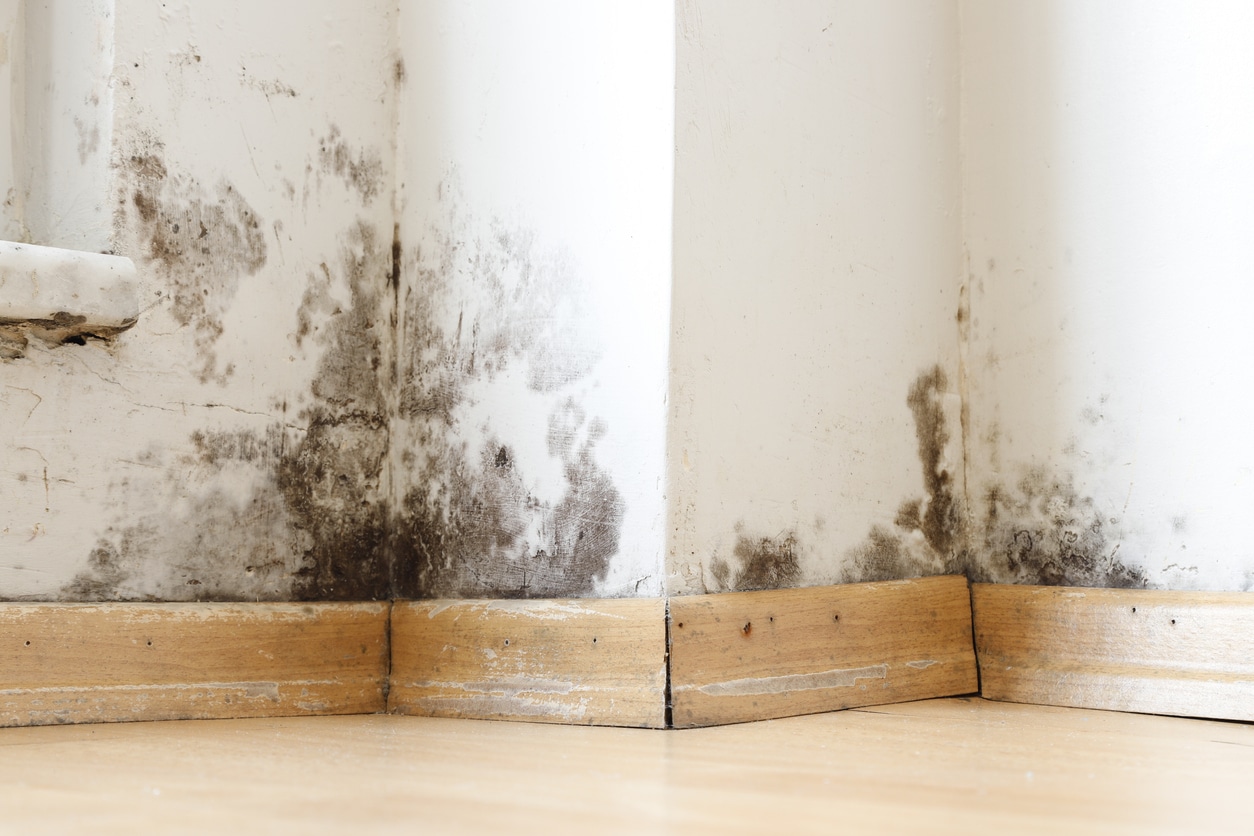Homeowners insurance policies generally cover mold damage if it’s caused by a peril covered under the policy, such as a burst pipe. However, damage resulting from neglect, flooding, or high humidity is typically excluded, creating potential gaps in coverage.
Claims Challenges
Insurers face challenges in determining the cause of mold and whether it falls under a covered peril. Disputes may arise over the extent of coverage and the policyholder’s responsibility to mitigate the damage.
Importance of Clarity
Given the complexities of mold claims, clear policy language is crucial to avoid misunderstandings and disputes. Insurers should ensure that policyholders understand what is and isn’t covered regarding mold damage.
Consumer Education
Insurers can benefit from educating policyholders on preventing mold and understanding their coverage. This proactive approach can reduce claims and enhance customer satisfaction.













